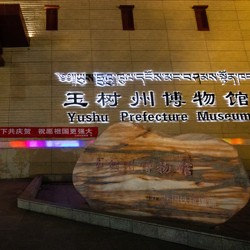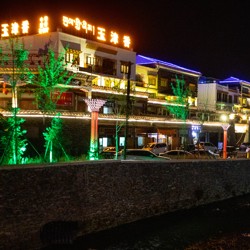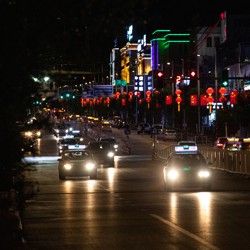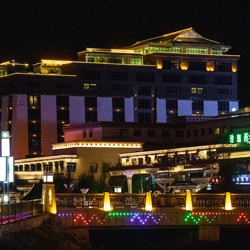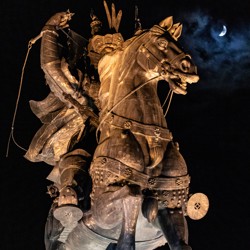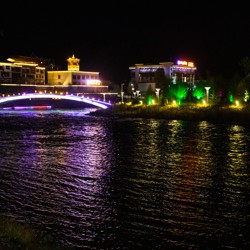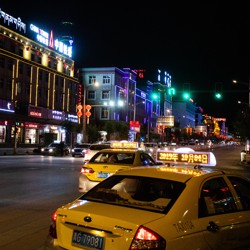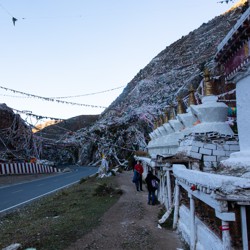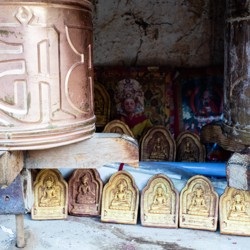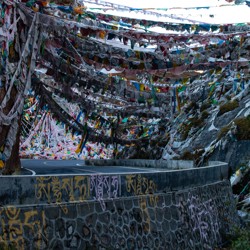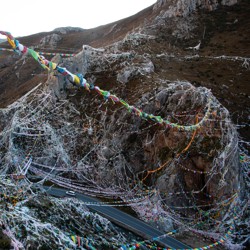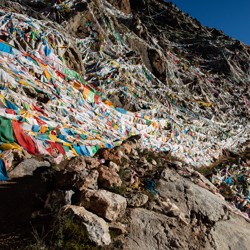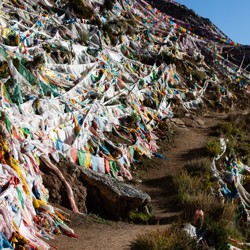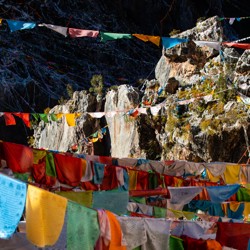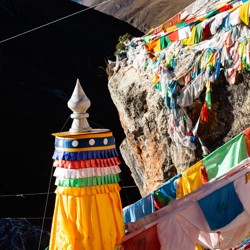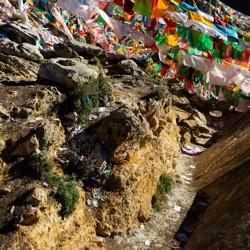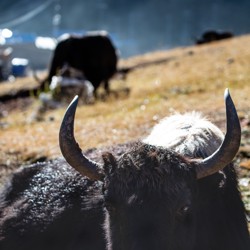05. October 2019
Yushu

It took the whole day to get from Dege to Yushu and we were stopped six times by the police, five times to check our ID. But finally we arrived in the city, which had been devastated in 2010 in a big earthquake, which killed according to official numbers 2698 people - but unofficial estimations place this number much higher and probably around 20 000 people lost their lives. The city had been rapidly rebuilt afterwards and today you hardly will notice any traces in the city centre anymore.
I only had very little time in Yushu, since I wanted to also visit Nancheng, which had been recommended to me before. The next morning I therefore immediately went out to find a taxi to go to the nearby Princess Wencheng temple. In the 7th century, when Tibet was very powerful, the Tibetan king Songtsen Gampo had two foreign wives - a Chinese and a Nepalese one - to strengthen the relations to the neighbouring countries. Today the Chinese try to argument that Princess Wencheng was the one who brought culture and Buddhism to Tibet and therefore support their claim that Tibet belongs to China.
The temple of Princess Wencheng is not to impressive in itself. But a myriad of Tibetan prayer flags cover the hills around the temple like a huge spiderweb and I had to almost crouch several times while walking the nice, short kora.
Since it was not even noon when I arrived back in Yushu, I had not much trouble to find a minibus to Nancheng, my next destination. Fortunately the roads have also improved a lot in the last years and so it didn’t take us long to arrive there.
